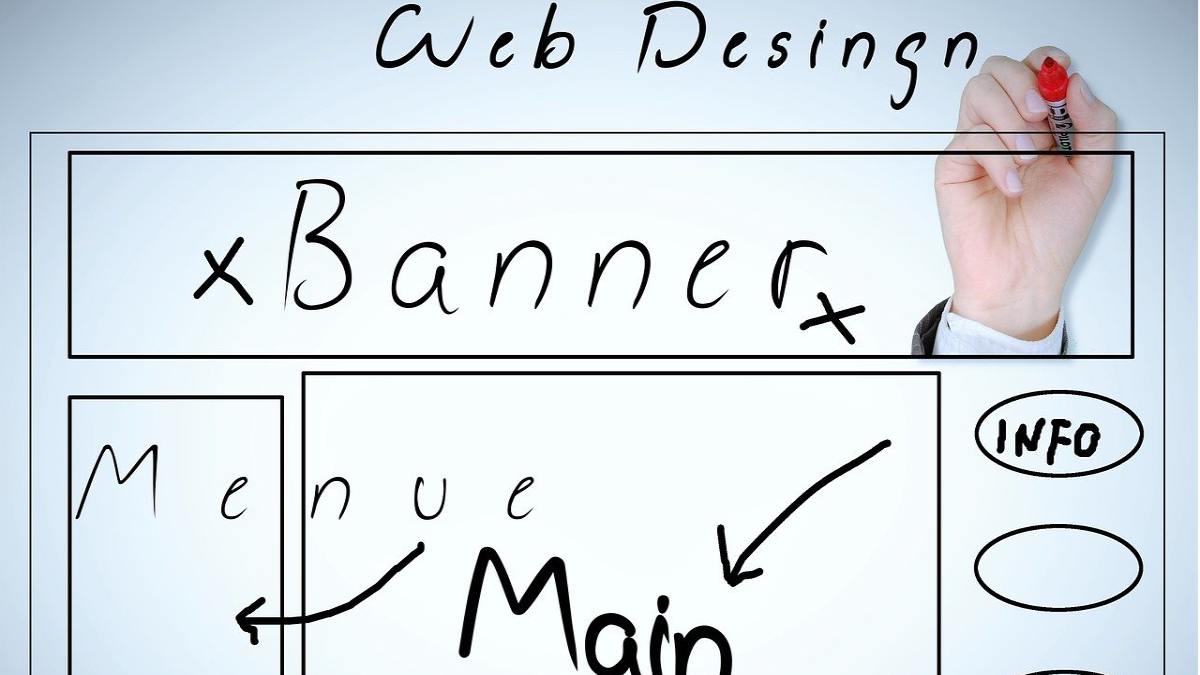You know that feeling when you land on a website and everything just clicks? The navigation makes sense, you find what you need instantly, and the whole experience feels effortless. That’s the difference between good web design and great web design.
Most websites settle for “good enough” where they function and look decent, but they don’t make a lasting impression. The websites that truly stand out understand that great design isn’t just about looking pretty; it’s about creating an experience so smooth that users don’t even notice the design itself. The gap between good and great is built from thoughtful decisions about typography, color, navigation, and those tiny details that transform a functioning website into something memorable.
Table of Contents
ToggleLearning the Foundation Stuff That Actually Matters
Better web design begins with knowing the fundamentals, whether you’re teaching yourself through online courses or seeking a traditional school. You can now go from Saturday workshops to actual degrees, and some institutions even have a masters web design program where they study user psychology to advanced coding techniques.
Typography is one of those fundamentals that everybody has a tendency to overlook. It’s not really about selecting an aesthetically pleasing font (though that does come into it). It’s about making your text properly legible, that there is adequate contrast with the background, and that the spacing is good. The distinction between amateur and professional design can, on occasion, hang on something as dull as line spacing or font size.
Color choice matters as well, but maybe not so much in the way you’d think. Naturally, you need things to look nice together, but colors carry emotional value as well and can influence people’s feelings about your site before they’ve even read a single word of it.
Making Things Actually Work for People
This is where it gets somewhat more interesting. Proper web design isn’t so much about looking nice; it’s about crafting an experience that feels natural and helpful. When a user comes to your site, they should be able to figure out what they need to do next without having to think too much about it.
Navigation is huge here. Users shouldn’t have to hunt around for basic information or wonder where they are on your site. Plain menu systems will be boring, but they’re the difference between a user who stays and a user who clicks away.
Mobile responsiveness is one of those things that now that it sounds so obvious, but you’d be surprised at how many sites still aren’t a delight to use on phones. With everyone browsing from their phone these days, a design that doesn’t get along well on smaller screens is basically self-sabotaging.
The Little Details That Create Magic
Once you have the fundamentals down, the thrill comes in the nuances. This is where personality can really shine. Maybe it’s inherent animations that guide the eye, or micro-interactions that provide subtle feedback when a button is pressed. These touches don’t so much make or break a site, but they’re what transform a functioning website into one remembered.
Load times matter more than you know too. In our society of instant gratification, a couple of extra seconds can take forever. Optimizing your files and selecting good hosting can make all the difference in how users perceive your site.
This journey from good to great website design is really more about attention and care than any one technical skill. It’s about thinking really hard about the user’s experience, sweating the small stuff that most won’t ever consciously notice, and being okay with iterating and improving over time.
Also Read: What is Abstraction in Java? The Concept That Made Me Look Like an Idiot
Shashi Teja
Related posts
Hot Topics
Why Faxing From Your Phone Is a Game-Changer for Remote Work
Faxing might sound old-school, but it’s still a major part of business communication for many industries. As per Statista’s 2024…
9 Ways Agentic AI Will Transform Your Enterprises
The conversation around artificial intelligence (AI) has shifted from whether businesses should use it to how they can maximize its…



